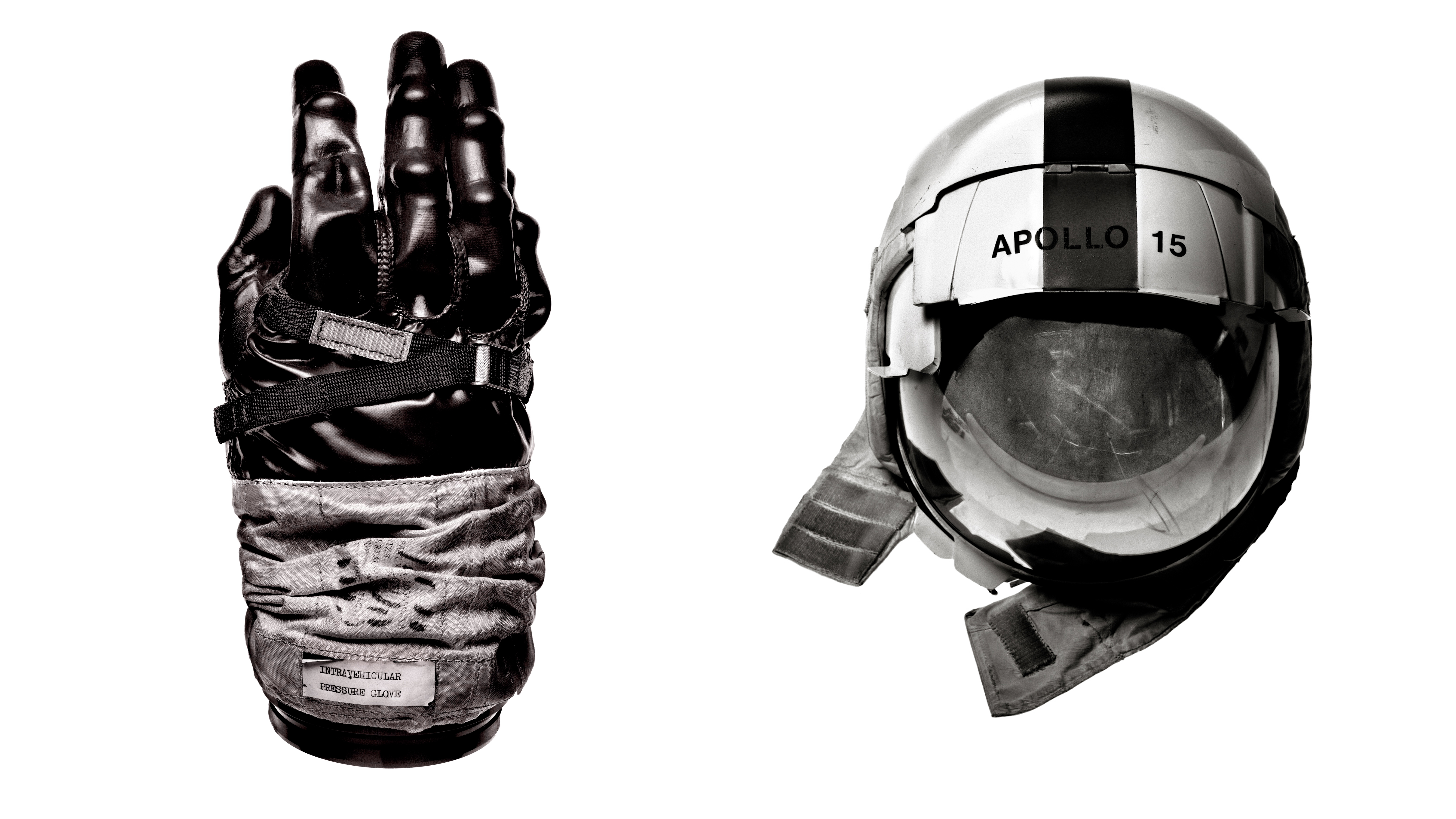The best lenses for the Nikon Z50 & Z50 II in 2025: explore your camera's full potential
What are the best lenses for the Nikon Z50 and Z50 II, Nikon’s most practical APS-C mirrorless camera?
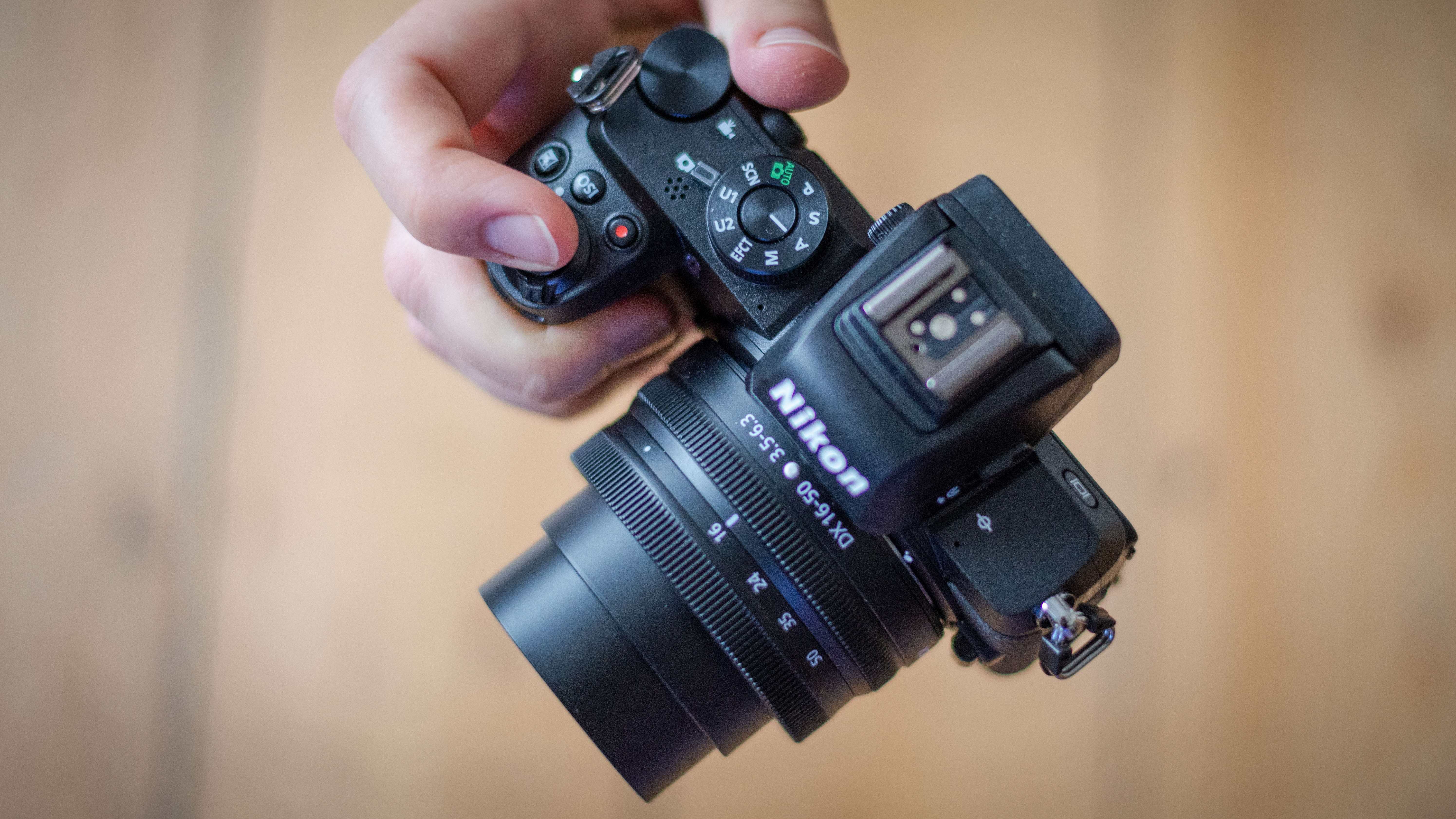
I think that when choosing the best lenses for the Nikon Z50 or Nikon Z50 II you have to take a few things into account. One is that this mirrorless camera uses an APS-C sensor, so while you can fit full-frame Nikon lenses to this camera, there is a 1.5x ‘crop factor’ that means they have a narrower angle of view.
The Nikon Z50 is one of the best Nikon cameras for beginners and enthusiasts, but its smaller sensor does need to be taken into account. For some lens types, like telephoto or macro lenses, this crop factor doesn’t matter and can even be an advantage. But for standard zoom lenses or wide-angle lenses, you need lenses designed specifically for the smaller sensor size to get the angle of view you need. In the Nikon range, these have ‘DX’ in the lens name. Other makers specify whether their lenses are full frame or APS-C format. We have a separate guide to the best Nikon Z lenses, but not all of them will be suitable for the Z50.
The Nikon Z50 was launched in October 2019. Since then, others have followed, like the retro-styled Nikon Z fc and the compact and affordable Nikon Z30 vlogging camera.
The range of DX-format lenses has been slow to develop, though. There’s a choice of standard zooms, a very good telephoto zoom, and a selection of reasonably priced prime lenses which will also work on full-frame cameras. I feel that perhaps Nikon sees the Z50 as a stepping stone for new users to eventually move on up to a full-frame model like the Nikon Z5, Nikon Z6 II, or Nikon Z7 II.
One final point is that most people will have chosen the Nikon Z50 for its affordable price tag, so I'll be sticking to lenses that reflect that!
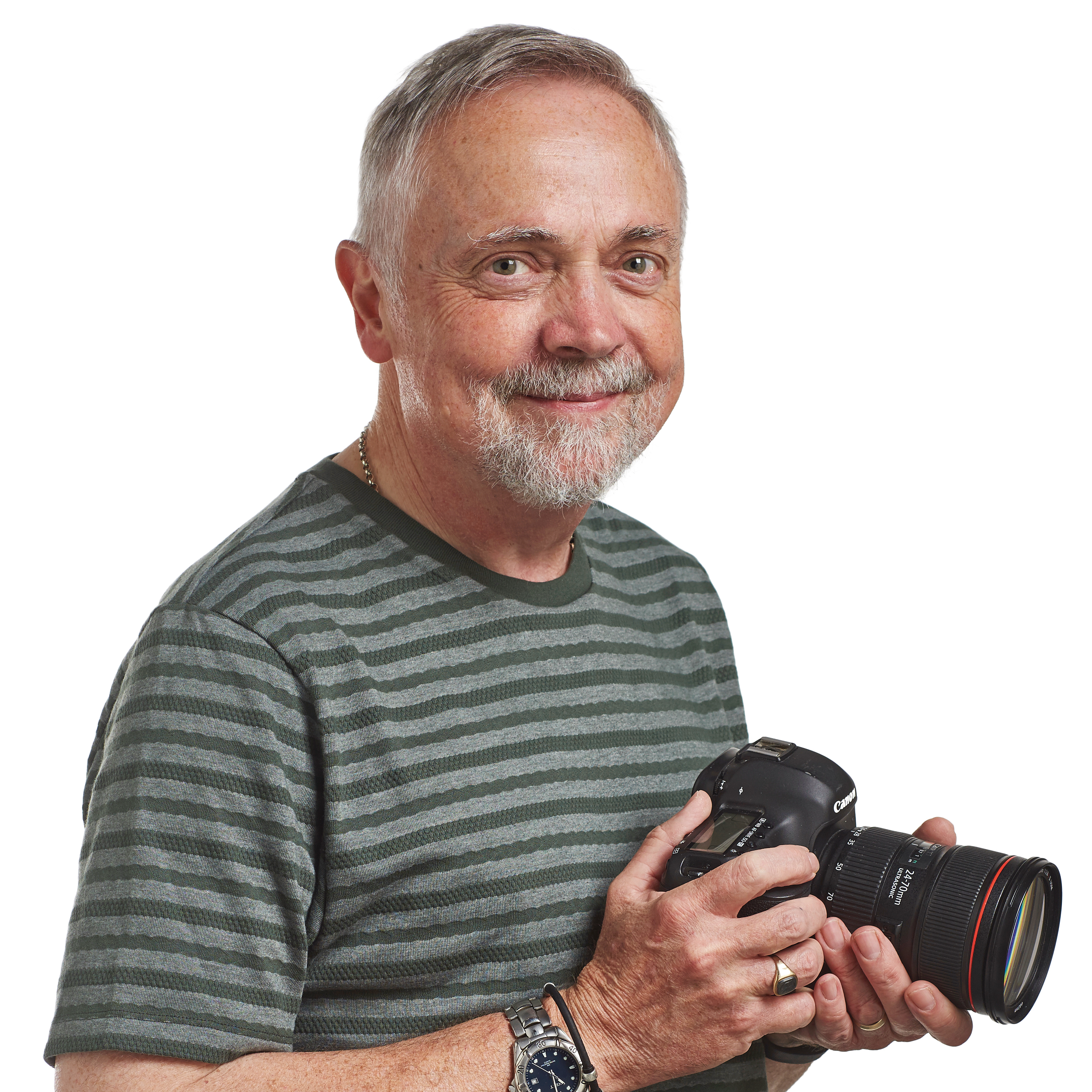
Rod is an independent photography journalist and editor, and a long-standing Digital Camera World contributor, having previously worked as DCW's Group Reviews Editor. He has used practically every interchangeable-lens camera launched in the past 20 years, from entry-level DSLRs to medium-format cameras, so he has the expertise to select the best Nikon lenses for you.
The Quick List
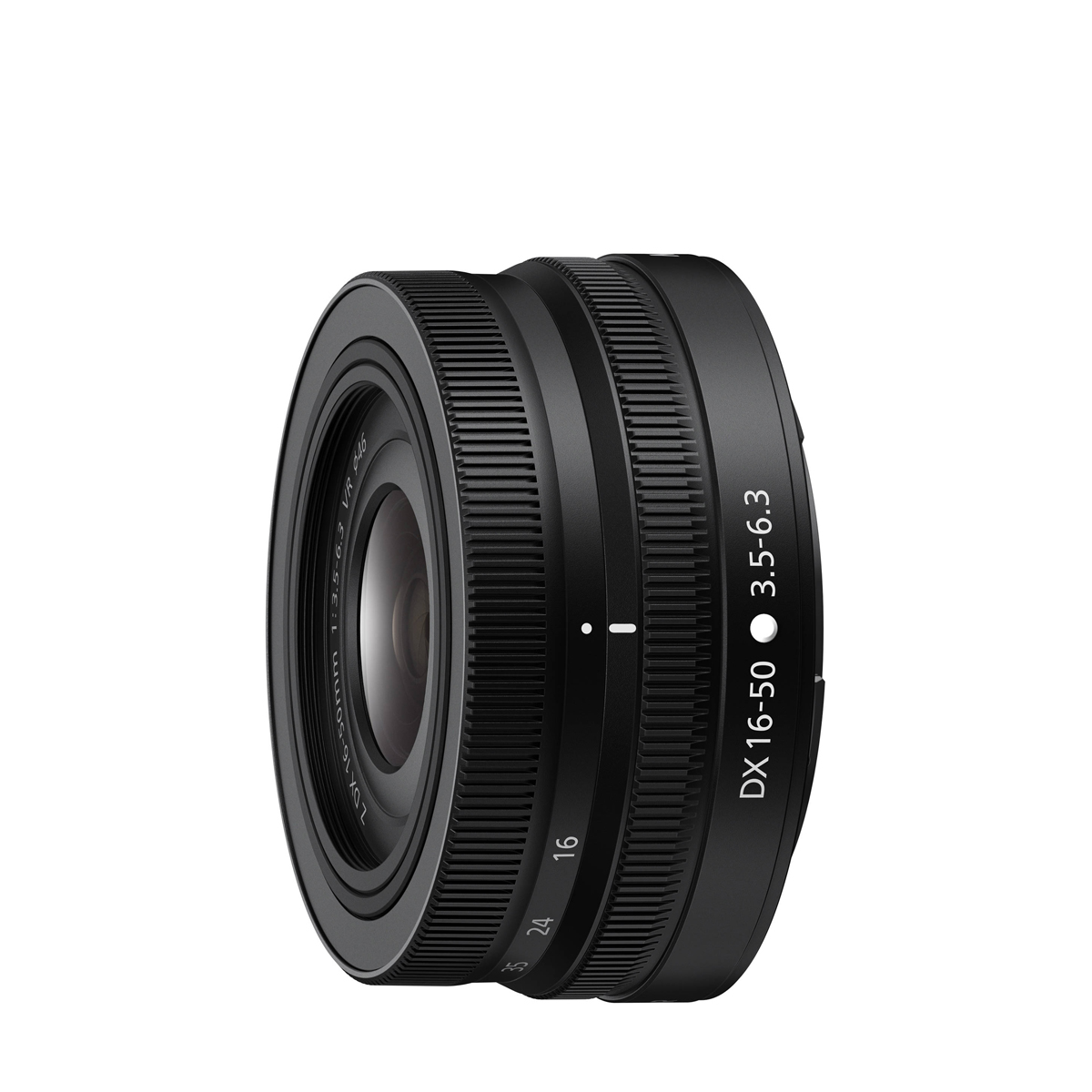
If you didn’t get this lens when you bought your Z50, you probably should: I feel it’s tailor-made for daily shooting. Read more below…
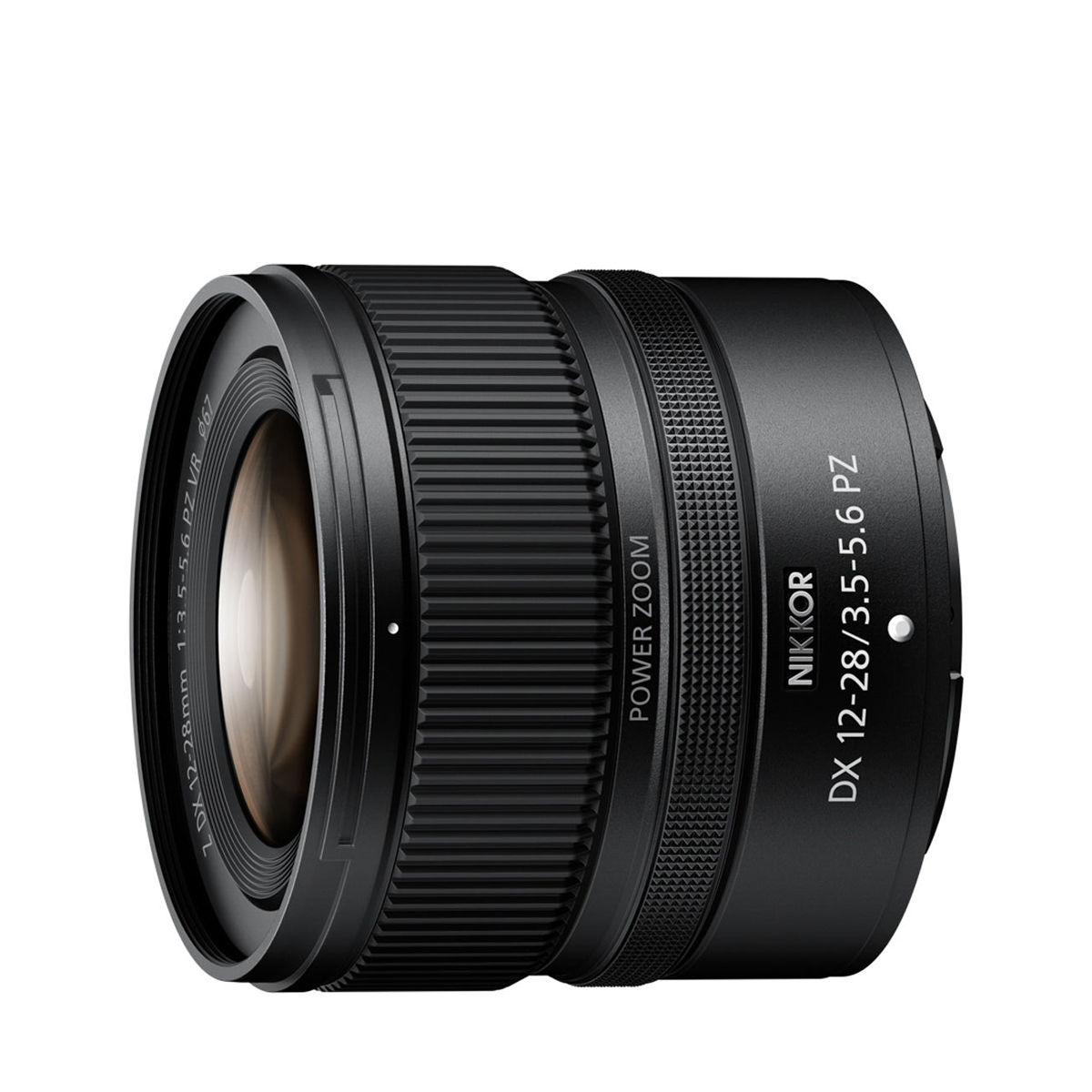
This zoom is made with video in mind, but it’s a very capable option for landscape and interior stills as well. Read more below…
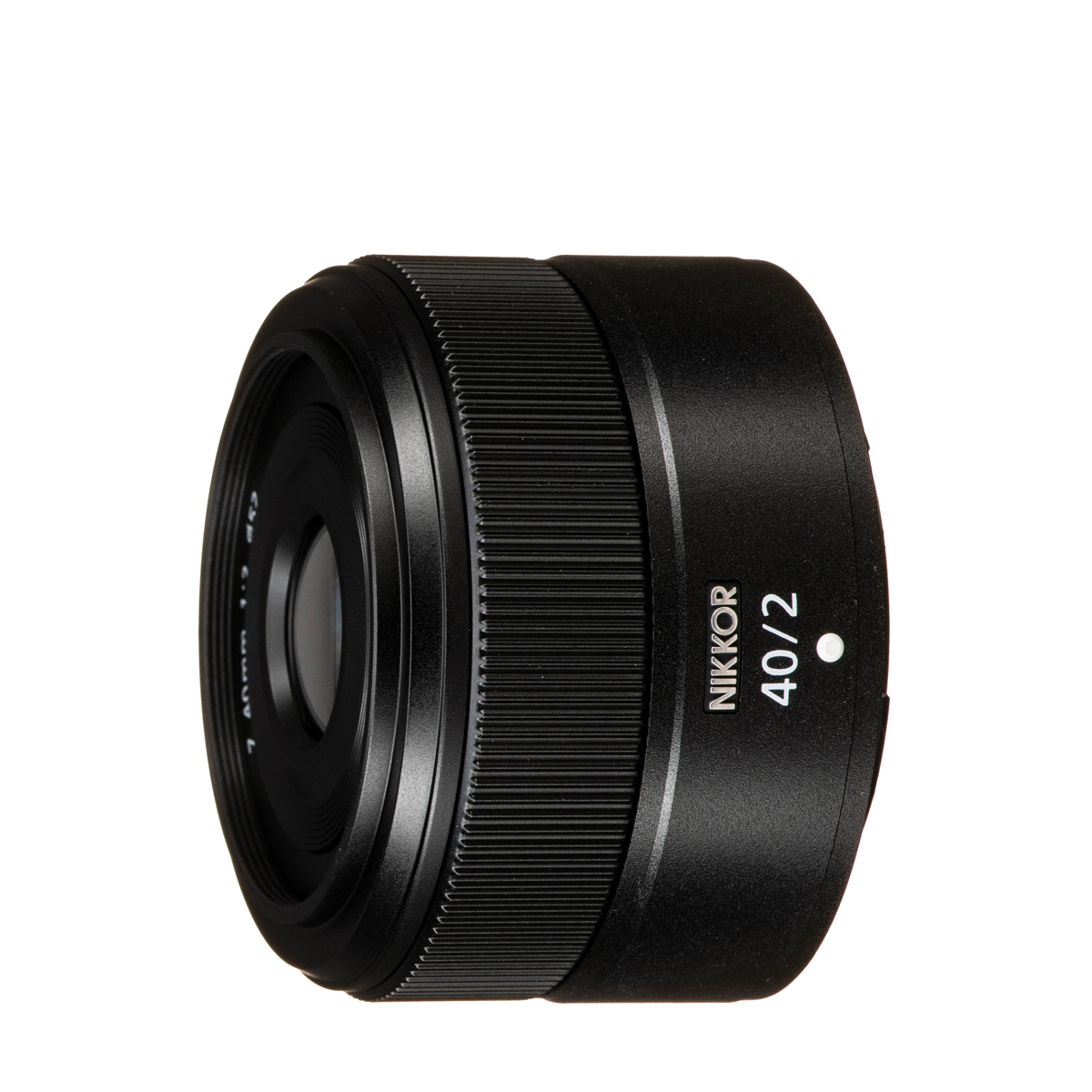
The wide aperture in this prime means you can get lovely background blur to help your subject stand out. Read more below…
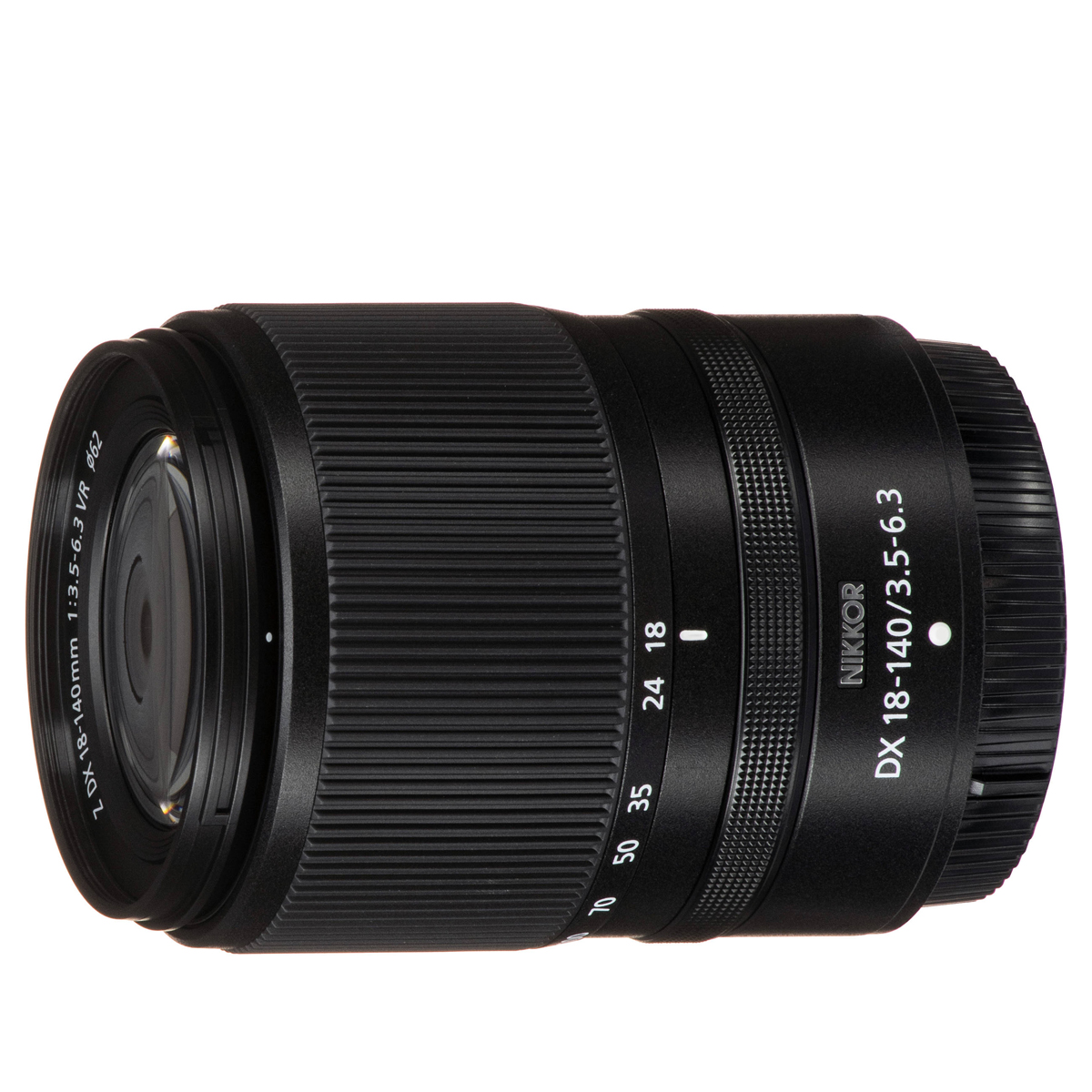
You get a very versatile focal length range from this zoom, so when you’ve only got packing space for one lens, this is the one. Read more below…

Most Nikon Z-mount telephoto lenses are big, heavy and expensive; this one bucks the trend in all three respects. Read more below…
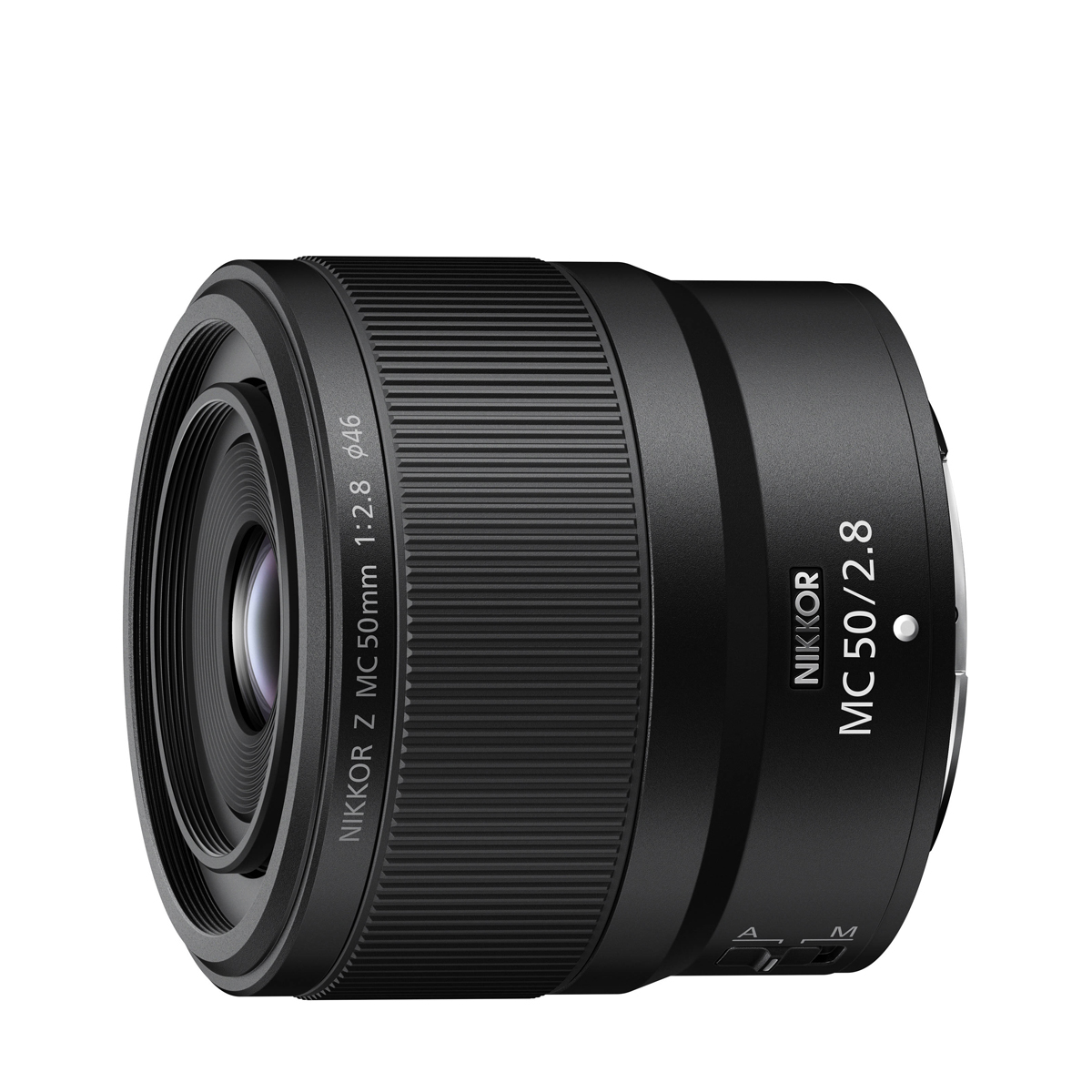
You can get lifesize images of tiny objects with this capable prime, which makes a decent portrait lens too. Read more below…
Load the next products ↴
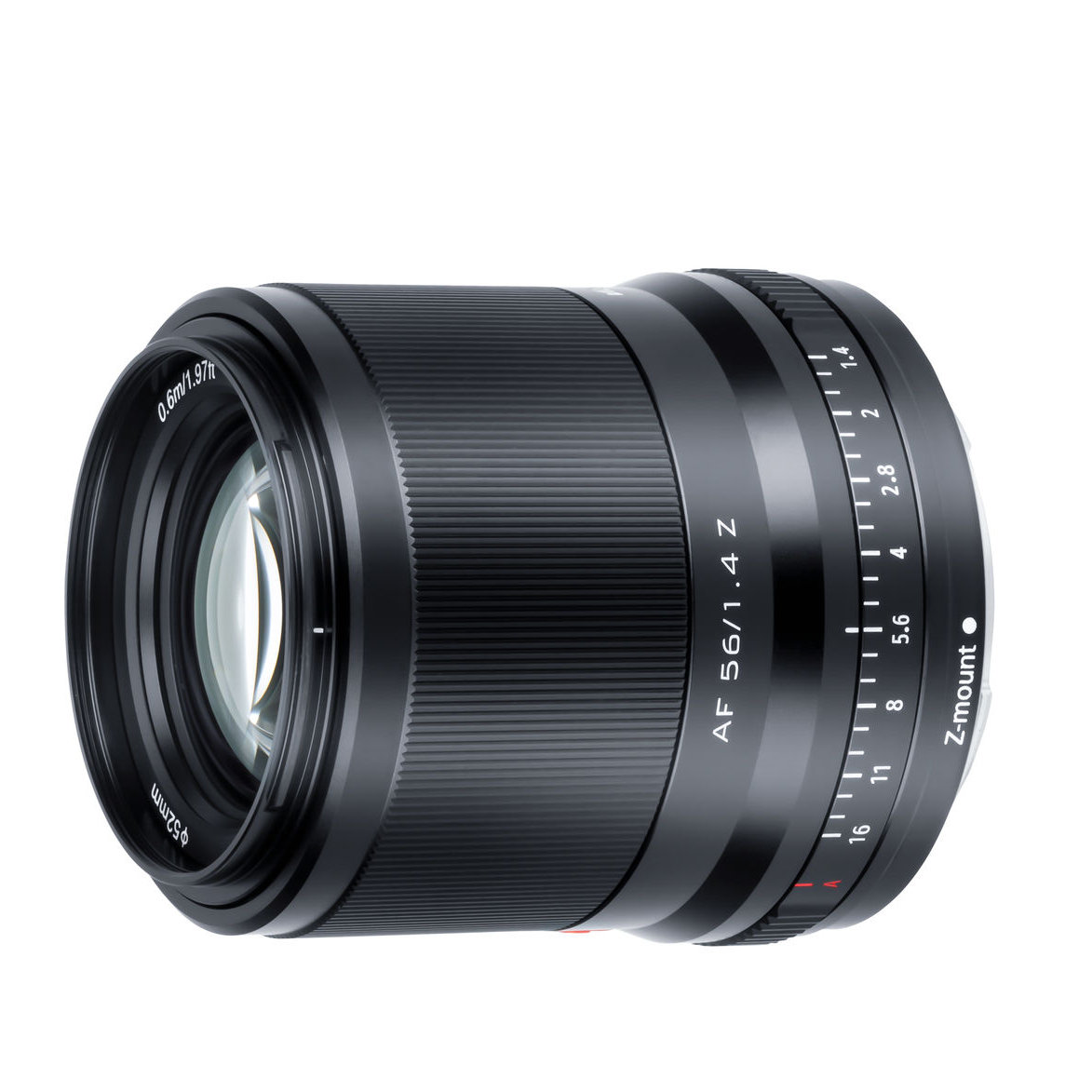
Best portrait lens
If you fancy a bit of portrait prime time, this is the perfect lens for any Nikon Z DX camera, combining an' effective' 85mm focal length with a fast f/1.4 aperture, and it’s amazing value for money. Read more below...
Best lenses for the Nikon Z50
Why you can trust Digital Camera World
Best everyday lens for the Z50
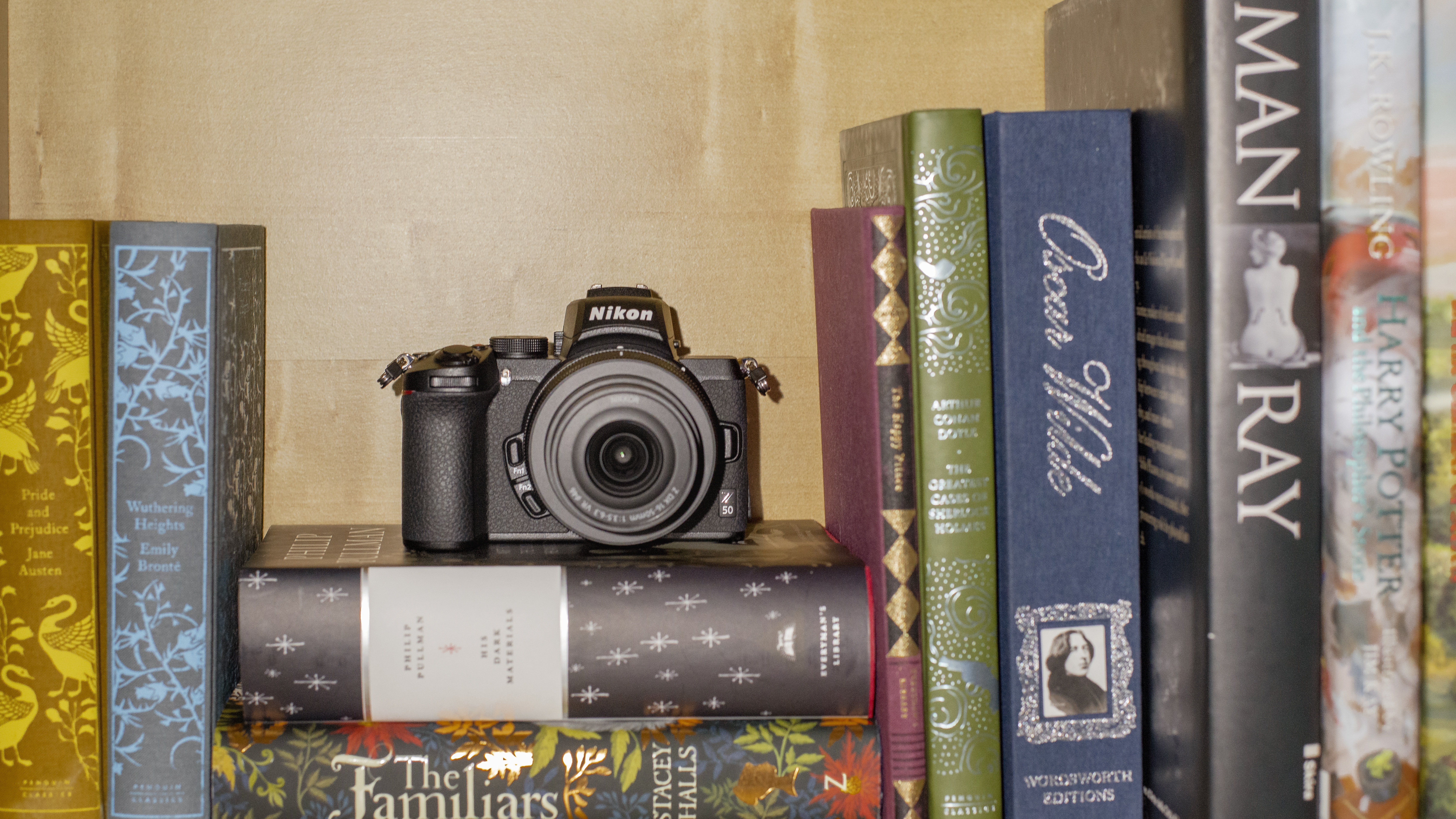
Specifications
Reasons to buy
Reasons to avoid
If you've already got a Nikon Z50, the chances are this kit lens came with it. If not, it's well worth getting as a standard zoom, even though you pay more if you buy the camera and lens separately. There is always the longer-range Nikon Z 18-140mm standard zoom to consider too, but this is a much larger lens, and more expensive too.
The Z DX 16-50mm f/3.5-6.3 VR arguably qualifies as a pancake lens: it’s just 32mm long when retracted. It has a plastic mounting plate rather than a metal one, but it still feels solid enough to cope with daily shooting, which its focal length range is ideal for. Its level of detail and contrast remain strong even when you shoot wide-open.
As well as the regular black edition, there’s a silver version of the lens to match the Nikon Z fc’s retro styling.
Read more: Nikon Z DX 16-50mm f/3.5-6.3 VR review
Best wide-angle lens for the Z50
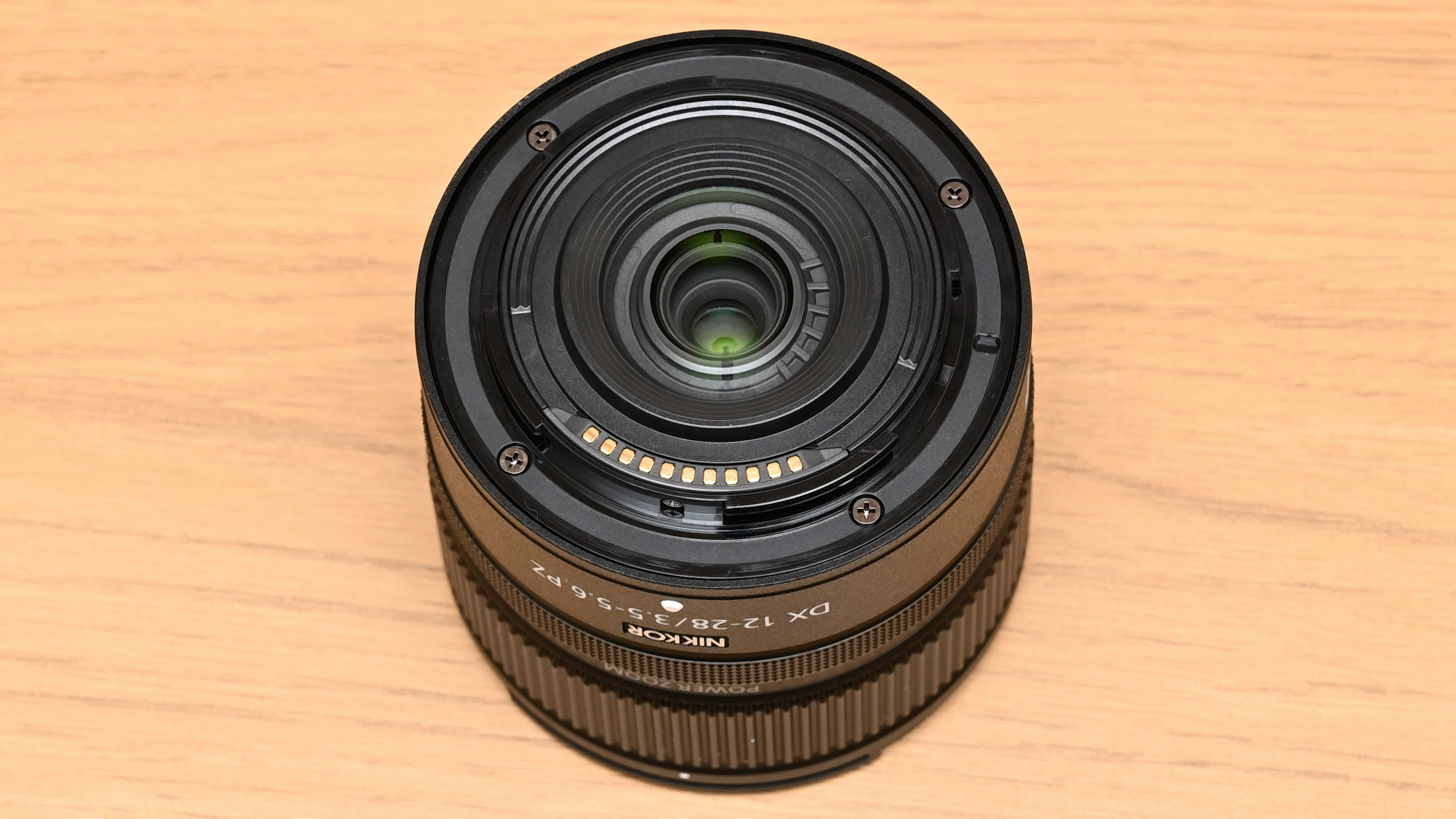
Specifications
Reasons to buy
Reasons to avoid
This is a really versatile lens. Its wide angle of view and motorized zoom are offered with video creators in mind – think vlogging and YouTube. But it’s a very capable stills lens as well, ideal for landscapes and interiors. Its light weight means you won’t resent taking it on location either. As if that wasn’t enough, the price tag is pretty competitive as well.
Read more: Nikon Z DX 12-28mm f/3.5-5.6 PZ VR review
Best standard prime lens for the Z50
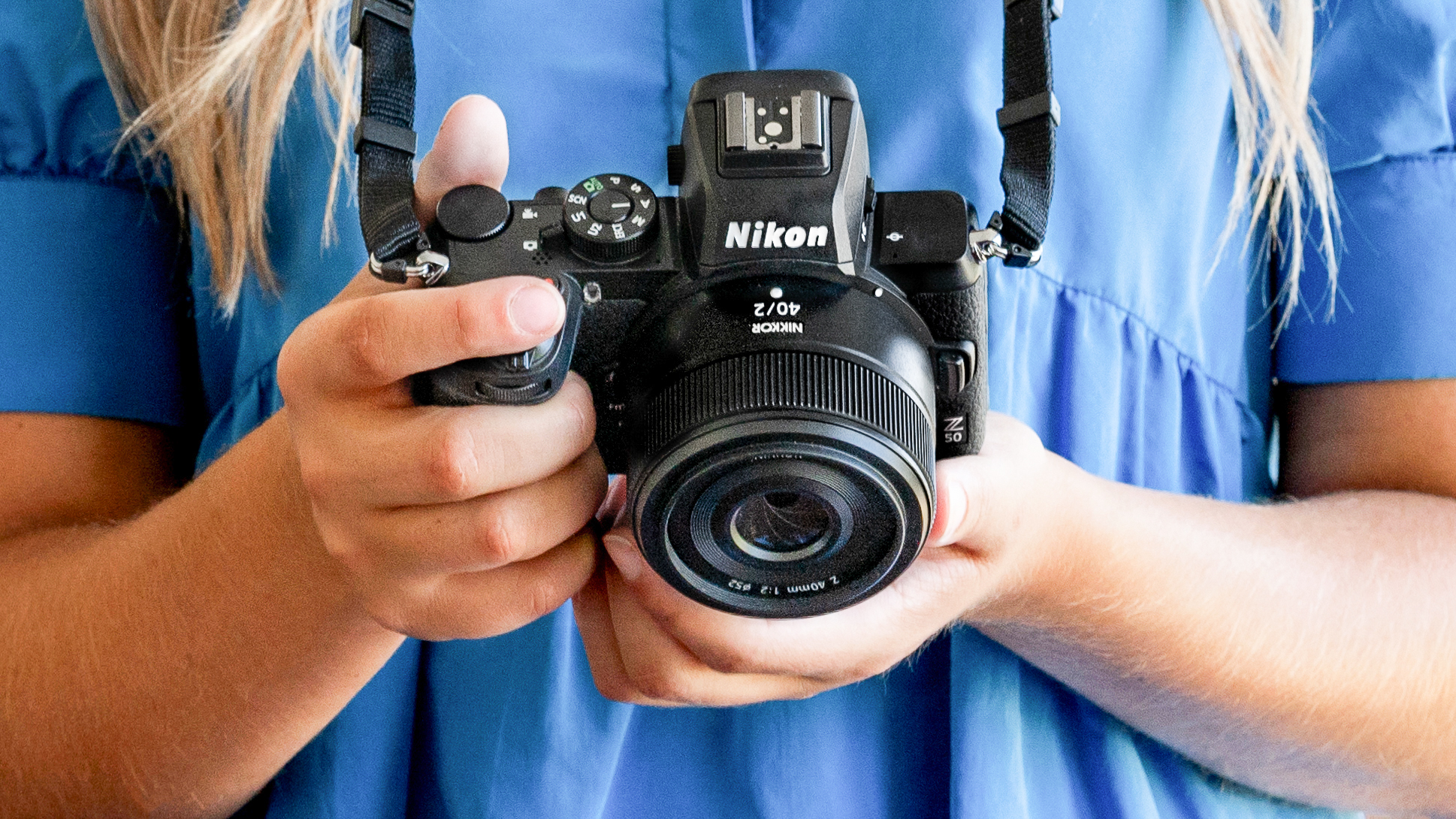
Specifications
Reasons to buy
Reasons to avoid
This prime (non-zoom) lens is designed for full-frame Nikon Z cameras (you can tell because of the missing ‘DX’ in its name), but also works well on the Z50 because of its small size and reasonable price. On the Z50, this lens has an equivalent focal length of 60mm, which equates to a slightly 'long' but still perfectly practical standard lens, or perhaps a ‘short’ portrait lens.
The f/2 maximum aperture makes it the fastest lens in our round-up, and also the best choice for any Z50 users who like background blur, either in stills or video. Optically, it brings very decent sharpness and pleasing bokeh. The autofocus system is both fast and quiet.
Read more: Nikon Z 40mm f/2 review
Best travel lens for the Z50
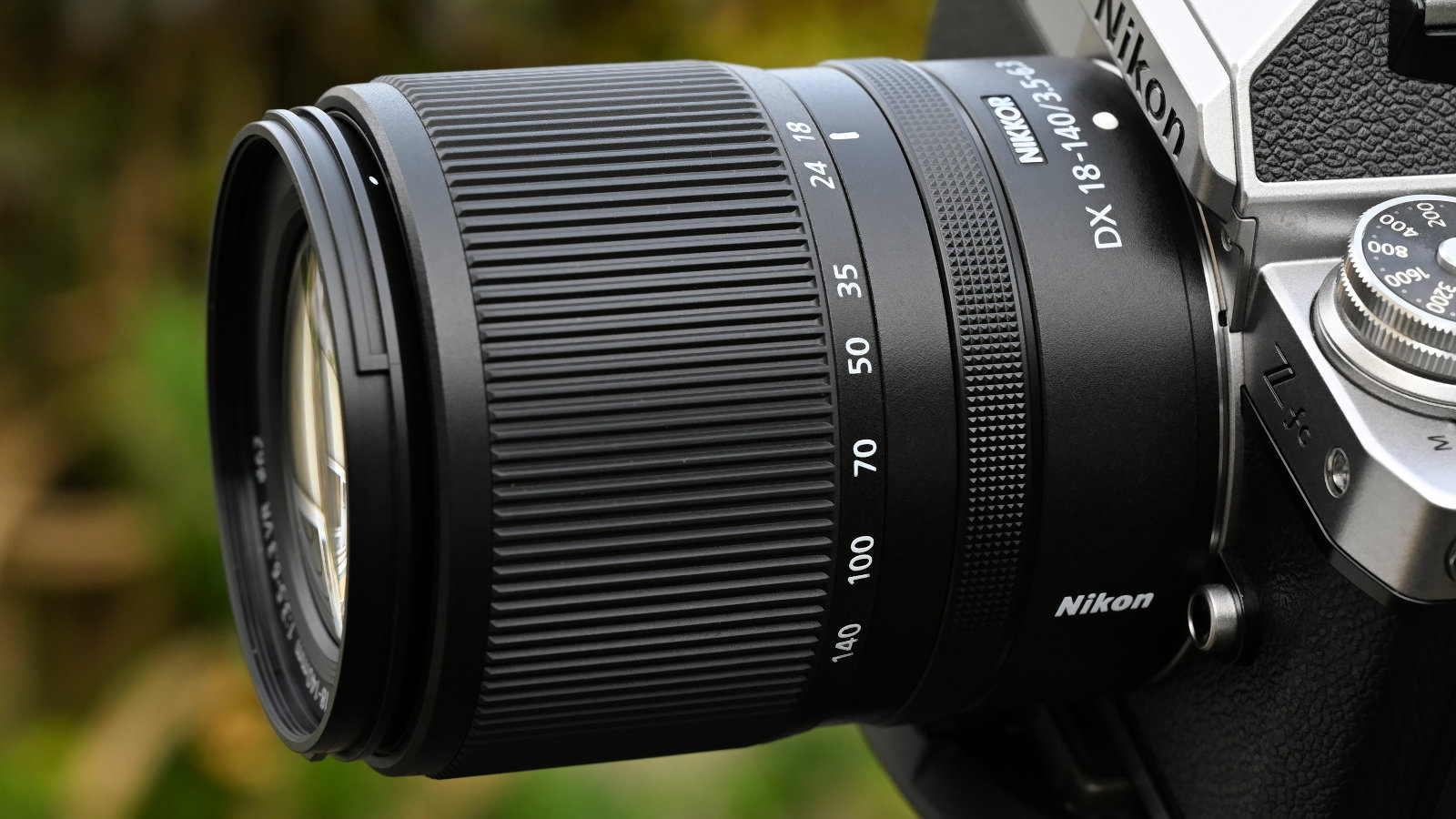
Specifications
Reasons to buy
Reasons to avoid
When you take the Z50 image sensor’s crop factor into account, this zoom has a focal length range equivalent to 27-210mm, which is highly versatile while also covering the classic telephoto range of 70-200mm. It’s a good choice for when you need to travel with just one lens, and is light enough that you won’t mind carrying it around. The customizable control ring and nice bonus.
It delivers good levels of sharpness, only dropping off slightly at the long end, and also benefits from 5-stop optical stablization to compensate for camera shake.
Read more: Nikon Z DX 18-140mm f/3.5-6.3 VR review
Best telephoto lens for the Z50
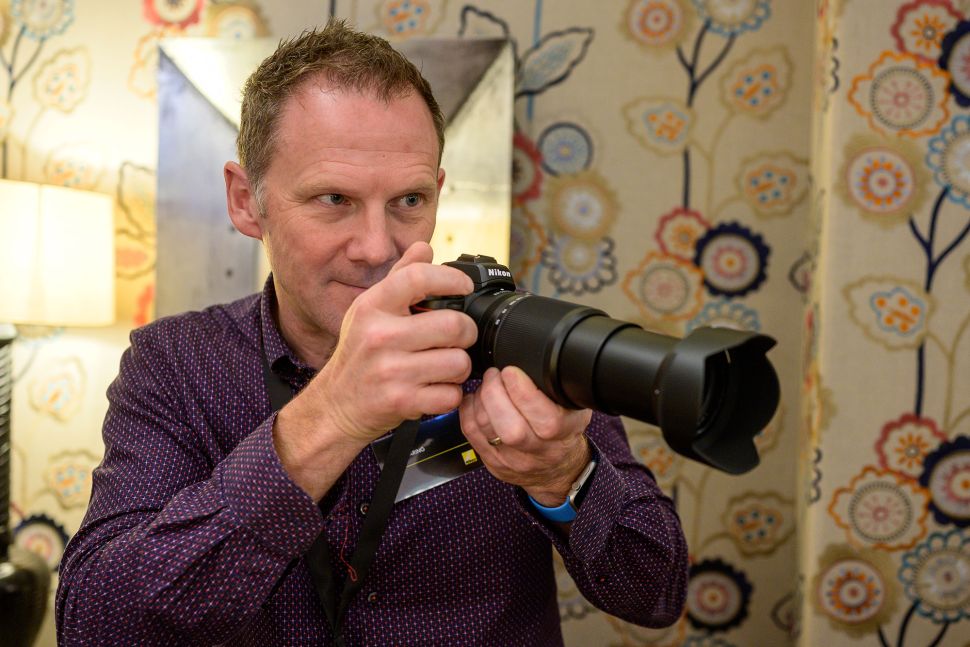
Specifications
Reasons to buy
Reasons to avoid
You can use Nikon's full-frame telephoto lenses on the Nikon Z50 and its smaller sensor's 'crop factor' will give them 1.5 times the magnification. But full-frame Nikon Z telephotos are big and expensive. This lens is a cheaper and more practical option for the Z50 – and, if you bought the Z50 as a twin-lens kit that includes this, you got yourself a real bargain.
This telephoto lens has an effective focal length range of 75-375mm in full-frame terms, taking it into super-telephoto territory. But it’s much smaller and lighter than you’d expect for a lens with that reach.
I found it enjoyable to use during testing: it balances nicely on the Z50, and its controls are lovely and smooth. You can choose from several functions for the control ring. 5-stop image stabilization helps to mitigate against the inevitable camera shake you’ll encounter at the long end.
Read more: Nikon Z DX 50-250mm f/4.5-6.3 VR review
Best macro lens for the Z50
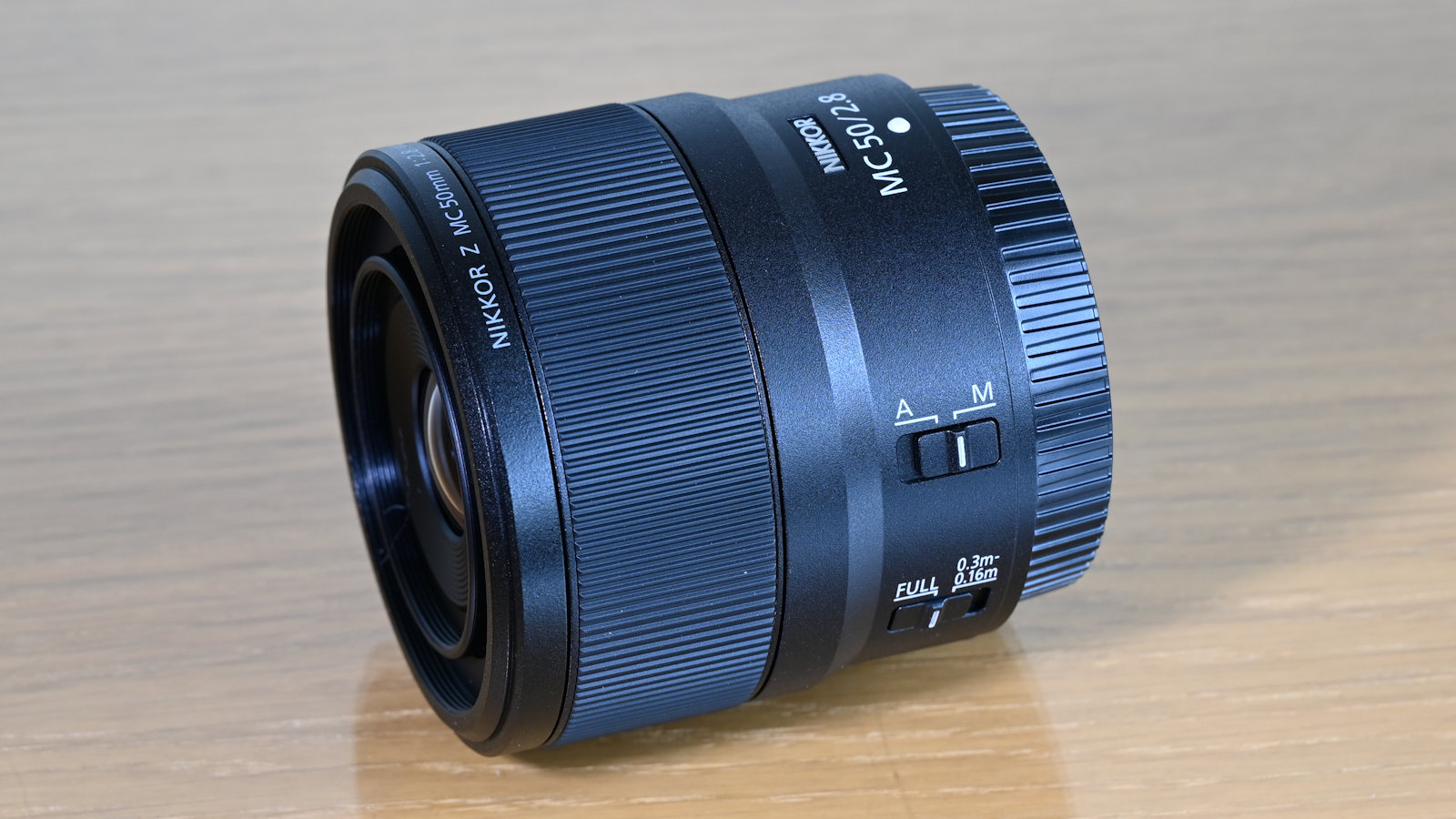
Specifications
Reasons to buy
Reasons to avoid
There’s a lot to love about this compact and light lens. Its main function is as a macro lens, where it offers lifesize magnification – although you do have to get very close to your subject to get that. For general shooting, its effective focal length on the Z50 is 75mm, which is about the starting point for telephoto shooting, or an acceptable portrait lens.
Read more: Nikon Z MC 50mm f/2.8 review
Best portrait lens for the Z50
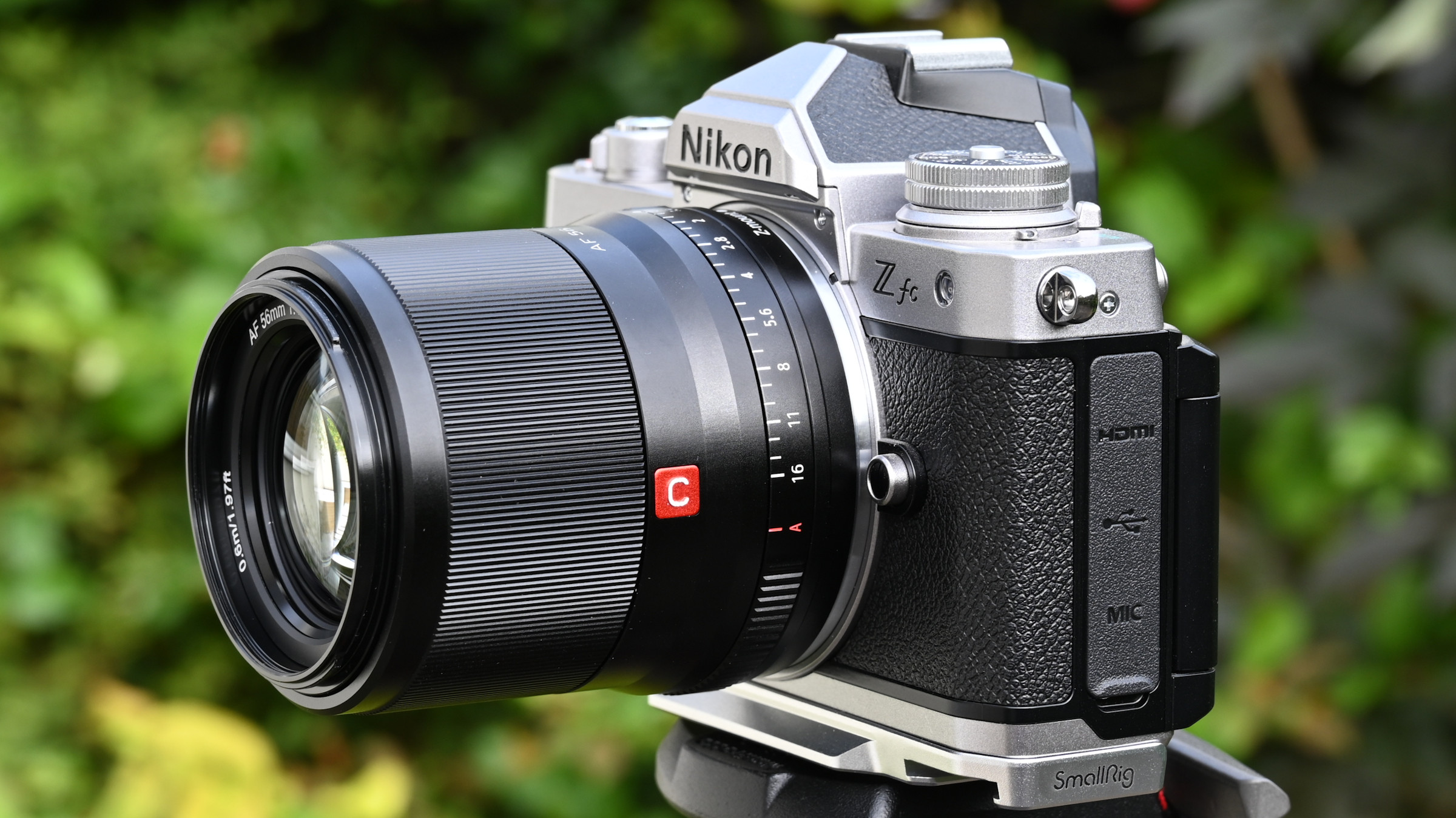
Specifications
Reasons to buy
Reasons to avoid
I absolutely love this lens. Thanks to the DX crop factor, it has approximately an 85mm ‘effective’ focal length, coupled with a fast f/1.4 aperture rating. That’s a perfect combination for portraiture and what’s more, the Viltrox combines excellent sharpness with really smooth and creamy bokeh. It’s really nicely turned out as well, with a metal barrel and metal mounting plate, compared with all-plastic Nikon Z DX lenses. Even the lens hood is made from sturdy metal, yet the lens is surprisingly compact and lightweight, at just 320g. It also happens to be amazing value for money. Another bonus is that it features a de-clicked aperture control ring, ideal for shooting video. My only real problem is picking just one. Viltrox also offers AF 23mm f/1.4 and AF 33mm f/1.4 lenses in the same series, with equally classic approximate 35mm and 50mm effective focal lengths respectively. All three are equally budget-friendly and are pretty much identical in size, weight and handling characteristics.
Read more: Viltrox AF 56mm F1.4 Z review.
Lab data and comparisons
The graphs below show the comparative performance of the lenses in this guide, based on our in-house lab tests. The prime lenses lead the way for sharpness in this group, although the zooms also do very well on the whole. Color fringing and distortion are well controlled on the whole, and automatic in-camera correction is available for these aberrations anyway, which often can’t be disabled.
Scores for sharpness and color fringing are averaged from data taken across the entire image frame, from the center to the edges and corners, throughout the aperture range. For zoom lenses, the scores are also averaged from data measured at all marked focal lengths, and the same applies to distortion. Bear in mind that these average values don't fully reflect specific areas of performance. For example, a zoom lens might have noticeable barrel and pincushion distortion at its shortest and longest focal lengths respectively, which tends to average out when looking at the data overall. For more detailed graphs of each lens's performance, which give the full picture, check out the graphs in our full standalone lens reviews.
How to choose the best lens for the Nikon Z50
Which lenses fit the Nikon Z50?
The Z50 uses the Nikon Z mount and is compatible with all lenses designed for that mount. Nikon’s own Z-mount lenses all have Z at the start of their model names.
You can can use any Z-mount lens on the Z50, although some Z-mount lenses are designed for use with APS-C format cameras such as the Z50, rather than full-frame cameras. Nikon lenses that fall into this category have DX as part of their model names. These lenses are typically smaller, lighter and cheaper than the equivalents designed for full-frame cameras.
If you buy a DX lens and later upgrade to a full-frame Nikon Z camera, the image you get through the DX lens will be cropped compared with a full-frame lens.
The Z50 is also able to use F-mount lenses, which are made for use with Nikon’s DSLR cameras. For this, you need an adaptor such as the Nikon Mount Adapter FTZ II. The idea is that owners of older DLSR cameras can buy a Z camera and still use their old lenses.
How do I know which lens to get for my Z50?
The reason there are so many types of lens in the first place is that different scenes demand different lens designs, particularly when it comes to focal length and aperture rating.
Usually, you will decide what you want to photograph, then get a lens with the focal length that suits the situation. For example, to shoot landscapes you will need a wide-angle lens, while for sports and wildlife you will need a telephoto.
You can watch this video that explains focal length: it helps you work out what kind of lenses you need for different genres of photography.
How we test lenses
The lens experts in our testing lab run a range of tests under controlled conditions, using the Imatest Master testing suite. Photos of test charts are taken across the range of apertures and zooms (where available), then analyzed for sharpness, distortion and chromatic aberrations.
We use Imatest SFR (spatial frequency response) charts and analysis software to plot lens resolution at the centre of the image frame, corners and mid-point distances, across the range of aperture settings and, with zoom lenses, at four different focal lengths.
There's more to it than just the technical side, though! Beyond the lab, our reviewers test lenses in real-world environments – and sometimes on professional shoots! We work with lenses both indoors and outdoors, in studio conditions and in natural light, with as many different subjects as is possible (or appropriate – there's no point testing a landscape lens' ability to shoot a portrait!).
We take into account everything from handling and ease of use to speed of autofocus and the overall quality of the images produced.
Find out more about how we test and review on Digital Camera World
Get the Digital Camera World Newsletter
The best camera deals, reviews, product advice, and unmissable photography news, direct to your inbox!

Rod is an independent photography journalist and editor, and a long-standing Digital Camera World contributor, having previously worked as DCW's Group Reviews editor. Before that he has been technique editor on N-Photo, Head of Testing for the photography division and Camera Channel editor on TechRadar, as well as contributing to many other publications. He has been writing about photography technique, photo editing and digital cameras since they first appeared, and before that began his career writing about film photography. He has used and reviewed practically every interchangeable lens camera launched in the past 20 years, from entry-level DSLRs to medium format cameras, together with lenses, tripods, gimbals, light meters, camera bags and more. Rod has his own camera gear blog at fotovolo.com but also writes about photo-editing applications and techniques at lifeafterphotoshop.com
